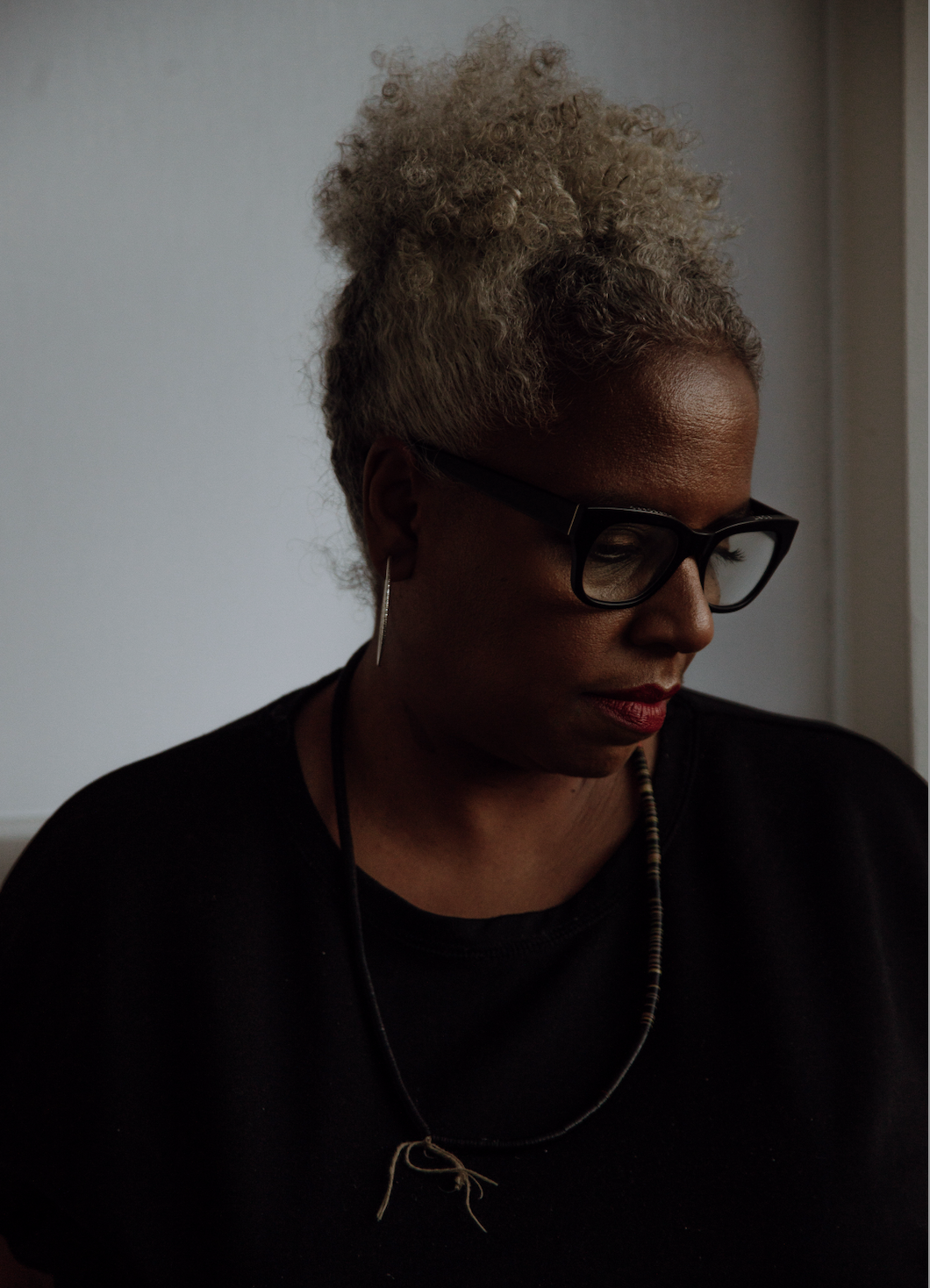Rubys Alumni Feature - Elissa Blount Moorhead

Rubys Alumni Feature - Elissa Blount Moorhead
Below ground in the Ethiopian town of Lalibela lies a network of eleven carved-rock churches, dug out of the earth in the 13th century. Appearing from the surface like formations within a canyon, the structures are named after a medieval Ethiopian king who envisioned them as a “new Jerusalem” in response to a 12th-century siege of the Holy Land.
In Baltimore, Lalibela is the name of an emergent project: a 60,000-square-foot Remington building to eventually house a community art space. Artist Elissa Blount Moorhead and her 12 fellow collective members found significance in that name “because we’re looking at this idea of sovereignty and what it’s like to make real, self-determined work,” she says.
Self-determination is a running theme of Blount Moorhead’s life and work. Born in New York and raised in Washington, DC, Blount Moorhead grew up in majority-Black communities: a “utopic scenario” that enabled her to dwell in the mundane, quotidian aspects of life. Her moving-image work presents narratives on healing, transcendence, and autonomy through everyday experiences of Blackness and the luxuriant ordinariness of “just being.” As Of A Now, an ongoing project for which Blount Moorhead received funding from a Rubys grant in 2017, used 3D-mapping to project a visual story onto the side of a Baltimore rowhouse that imagined 100 years of history entangled with the domestic space.
“The Ruby kind of kick-started my current incarnation as an artist as far as I'm concerned,” Blount Moorhead says. She got the Rubys grant a few years after moving to Baltimore from Brooklyn, where she had been the director of design, programming, and exhibitions at the Weeksville Heritage Center, an organization preserving the history of one of the earliest free Black communities of the 19th century. As Of A Now started as a seed there, but technological issues prevented Blount Moorhead from pursuing it. When you get project funding in New York, “you better produce something fast, and it better be competitive and commercially viable,” Blount Moorhead says. “And I respect that in some ways, because it makes people be very, very excellent—at the cost of every organ in your body.”
Disenchanted by New York, Blount Moorhead and her family found more room to roam in Baltimore, moving here in 2014. She spent several of those first years “in service” to Baltimore and its art community, as an advisor for The Contemporary and the Public Arts Commission, a member of former mayor Pugh’s Safe Arts Space Task Force, and, briefly, director of the Station North Arts and Entertainment District. Over the years, she has helped cultivate a growing “intentional community” of artists and comrades in Reservoir Hill, including Lalibela collaborators Bradford Young, Terence Nance, and Tarana Burke, among others.
This year, Blount Moorhead received the Robert W. Deutsch Foundation’s inaugural presidential grant in recognition for her extensive commitment to creative community-building. The funding has allowed her to “stabilize to some extent,” do an artist residency in Italy, work on other projects, and strategize to get Lalibela up and running. She thinks of the funding as “undergirding” not only her own work but also the wider community. “That’s what happens when you fund people who want to affect all the concentric circles around,” she says. “We make the world we want to live in. We don't just talk about it, we literally just start making it.”
by Rebekah Kirkman
